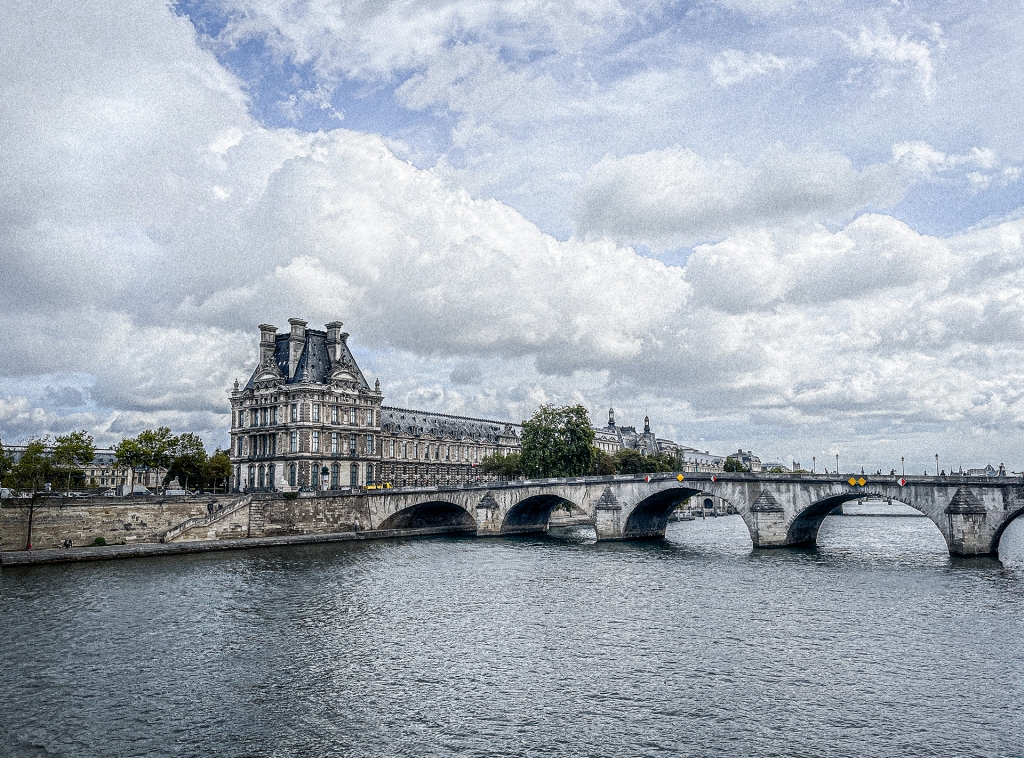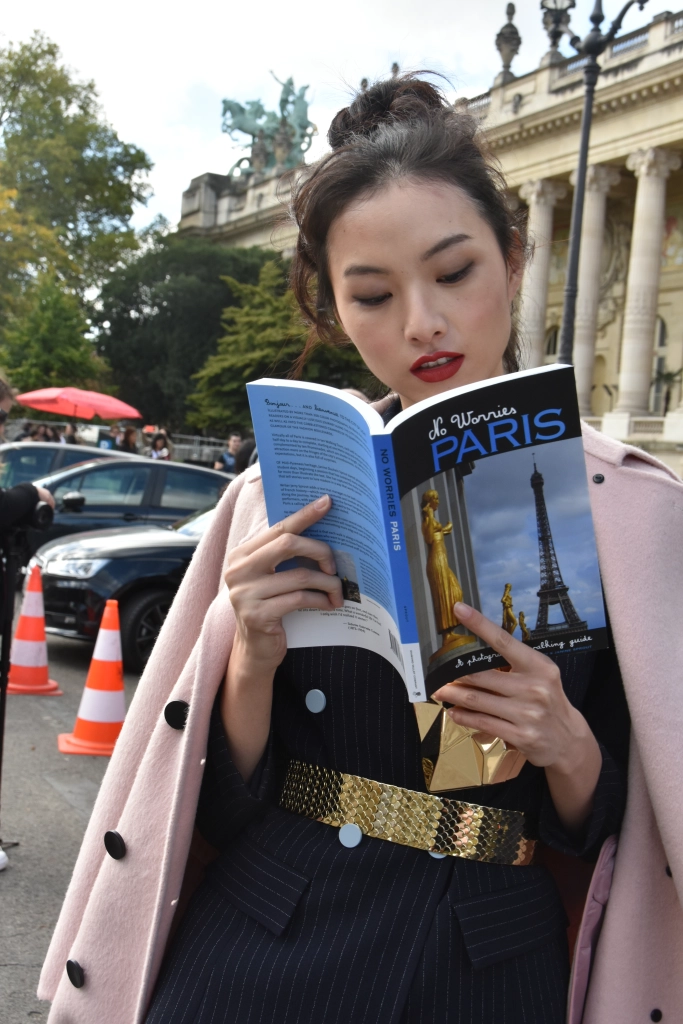NO WORRIES PARIS

Issues
-
Seine Splash 2024?
The Paris 2024 Olympics are shaping up to be an incredible event offering a stark departure from the usual Instagram-fueled fanfare serving up raw athleticism, not manufactured hype. The Seine will play a crucial role for the opening ceremony of the Olympic Games – where the goal is for hundreds of boats carrying athletes to…
-
Paris fashion week: all about streeetstyle
Street style is not just about the clothes; it’s about the attitude. It’s about confidence, creativity, and a fearless embrace of individuality. It’s about pushing boundaries, challenging norms, and using fashion as a canvas to express who you are. So, the next time you see a picture of Paris Fashion Week street style, don’t just…
-
the ups and downs of Renting A Parisian apartment
When selecting a rental apartment, one crucial factor that often hides in the fine print or only emerges in reviews is the presence of stairs. We’re not just referring to a couple of flights, but rather six, seven, or even eight flights. After a full day of exploring Paris on foot, climbing numerous flights of…
-
Bouillon Restaurants: French comfort food 11:30 to midnight
bouil·lon /ˈbo͞o(l)yän noun: bouillon Paris: The City of Lights, the land of love, … and the home to affordable, hearty broths? Oui! For a truly immersive Parisian experience, ditch the trendy bistros and step into a Bouillon – a time machine serving both tradition and classic French fare in heaping spoonfuls of deep goodness. Inside the…
trailblazer travel books
No Worries Paris is eighth in the lineup of Trailblazer Travel Book adventure guides. Other titles include No Worries Hawaii, Kauai Trailblazer, Maui Trailblazer, Oahu Trailblazer, Hawaii the Big Island Trailblazer, Alpine Sierra Trailblazer , Golden Gate Trailblazer and Range of Light Trailblazer.Trailblazer Travel B.
